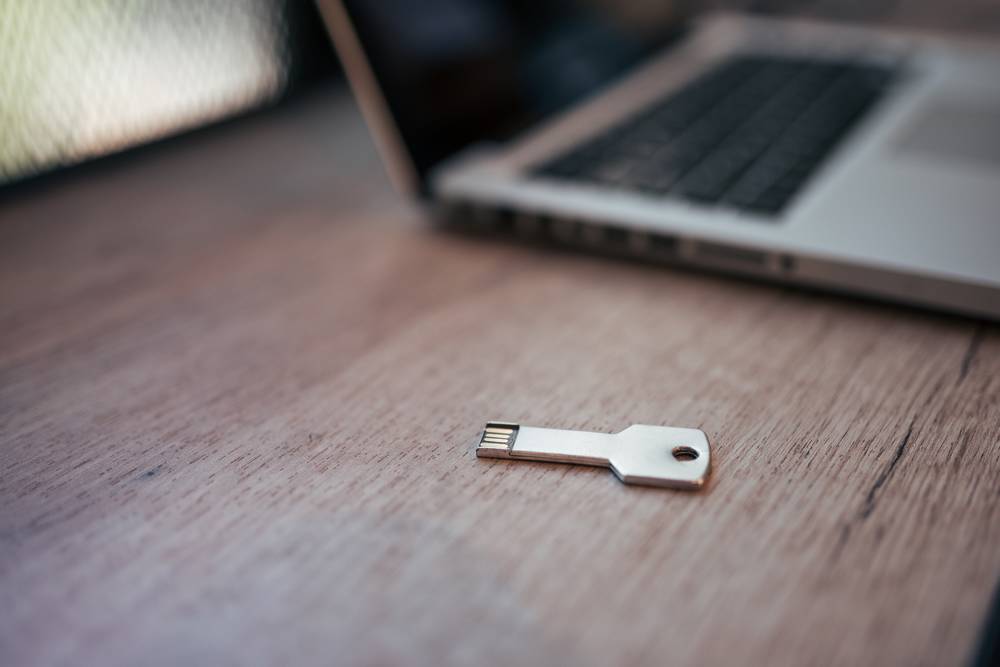Thing 3: Two-factor authentication (2FA)
published on Jan 21, 2020
Two-factor authentication (often shortened to 2FA) provides a way of 'double checking' that you really are the person you are claiming to be when you're using online services, such as banking, email or social media. It is available on most of the major online services.
When setting up 2FA, the service will ask you to provide a 'second factor', which is something that you (and only you) can access. This could be a code that's sent to you by text message, or that's created by an app. You’ll be asked to enter this code as well as your username and password for the account when you login.
Passwords can be stolen by cyber criminals, potentially giving them access to your online accounts. This could happen if a hacked website stored your password without encryption, if you disclose your password in response to a phishing email or if malware like a keylogger intercepts it. However, accounts that have been set up to use 2FA will require an extra check, so even if a criminal knows your password, they won't be able to access your accounts.
Most services tend to offer 2FA over text message by default. During setup, you provide your phone number, and the service will send you a message containing the code to use. Some services can also send a code using voice message if you find this easier. Text messages are not the most secure type of 2FA, but still offer a huge advantage over not using any 2FA. Any two-factor authentication is better than not having it at all.
Authenticator Apps on your smart phone (or tablet) are the main alternative to text messages. Google Authenticator, Microsoft Authenticator, Authy and Lastpass Authenticator are examples of this type of app. Once you've installed one, you can use the same app when setting up 2FA on any accounts that have this as an option. These apps offer lots of advantages over text messages, such as not needing a mobile signal, or having to wait for a text message to arrive.
These small USB or wireless devices like Yubico’s Yubikey and Google’s Titan security key are easier and faster to use, since you only need to tap them with your finger or tap the key against your device to complete the 2FA process.
Physical keys like these are considered more secure than code generating authenticator apps whose codes could be intercepted and used by a sophisticated phishing attack.
Some online services will already have 2FA switched on. However most don't, so you will need to switch it on yourself to give extra protection to your other online accounts, such as email, social media and cloud storage. If available, the option to switch on 2FA is usually found in the security settings of your account (where it may also be called 'two-step verification').
Telesign’s Turn it on website contains up-to-date instructions on how to set up 2FA across popular online services such as Gmail, Facebook, Twitter, LinkedIn, Outlook and iTunes.
Some accounts also give you a list of backup codes when you switch on 2FA. When asked for a code you can use one of these, but each code will only work once, so you'll need to create more when you've used them all. Backup codes are useful if you need to log on without a phone to hand. You will need to store the codes somewhere safe.
It's also a good idea to have a backup plan, in case you haven't got access to your usual second factor (for example, if the battery on your mobile phone has run out). Many services let you set up more than one option for this reason. Backup codes are ideal for this, since they can be used even if you lose your phone.
It’s important to keep the devices you use for 2FA safe. This is especially critical if the device is a smartphone because someone would likely be able to access your email, online accounts and your authenticator app all in one. Make sure you have a passcode or biometric challenge set for the device so nobody can use it if it is lost or stolen.
Links to more information
- Learn how to turn on 2FA with Telesign’s ‘Turn it on’ tutorials and guides
- NCSC advice on setting up 2FA
Activity
The NCSC recommends that you set up 2FA on any online accounts that protect things you really care about and would cause the most harm to you if the passwords to access these accounts were stolen.
Using the guides from Turn it on, setup 2FA on the following:
- your main email
- your password manager
- your social media accounts
- your cloud storage accounts.
You’ll need to decide which method of 2FA you wish to use and your choice will depend on the options your online accounts make available to you. Make sure you have backups in place either through an additional 2FA method or backup codes. Keep your backup codes in safe place – preferably, you should print them and keep them somewhere only you can find them.
